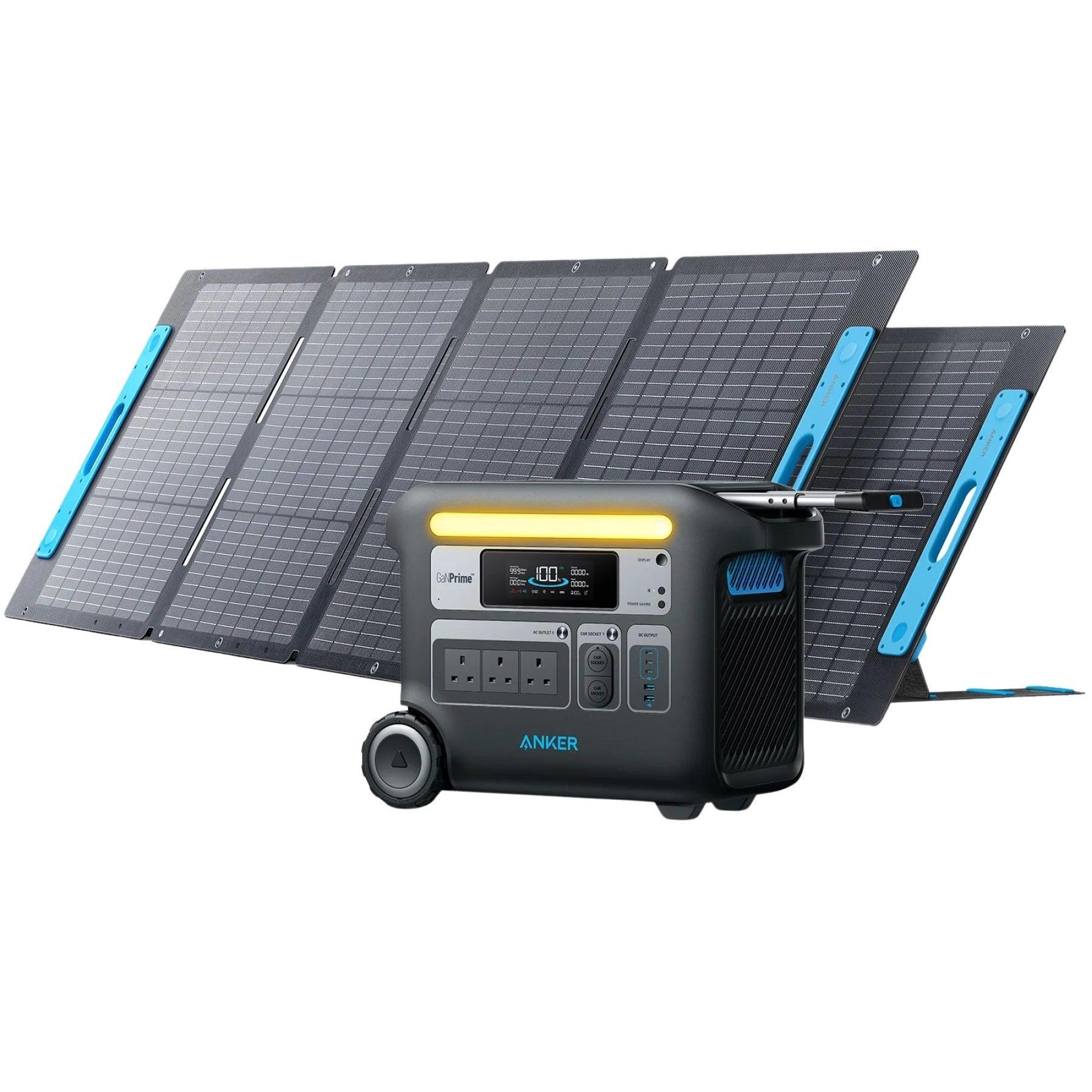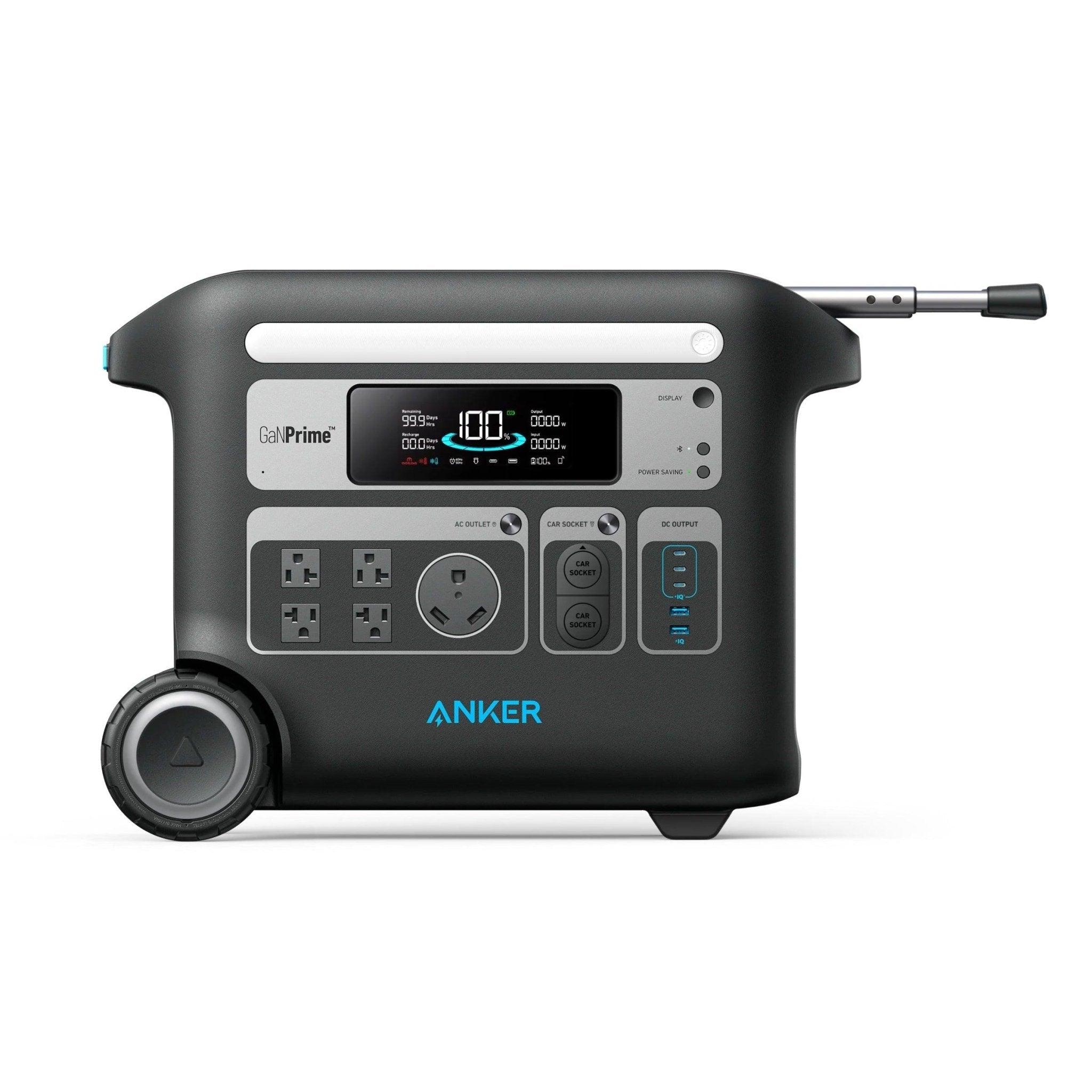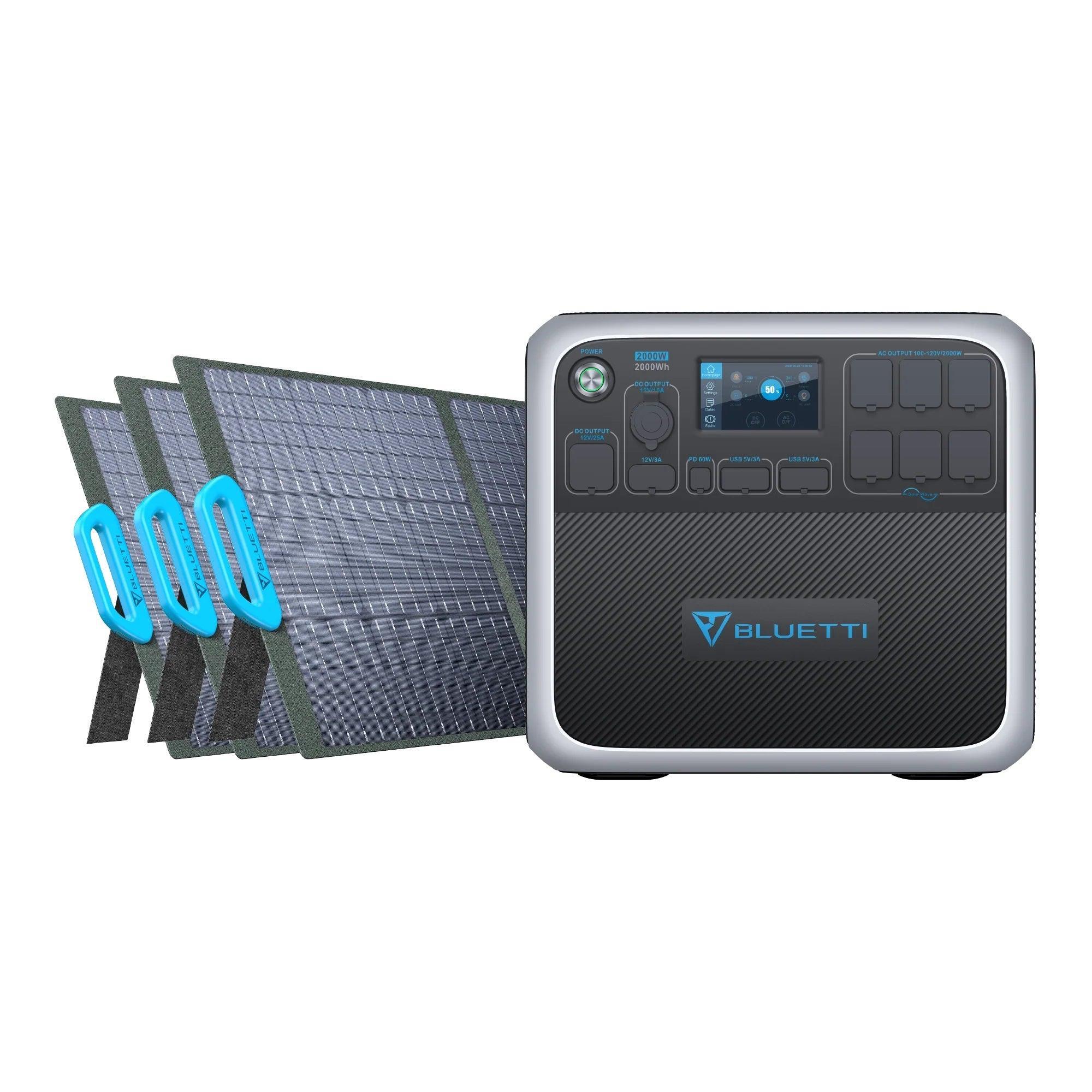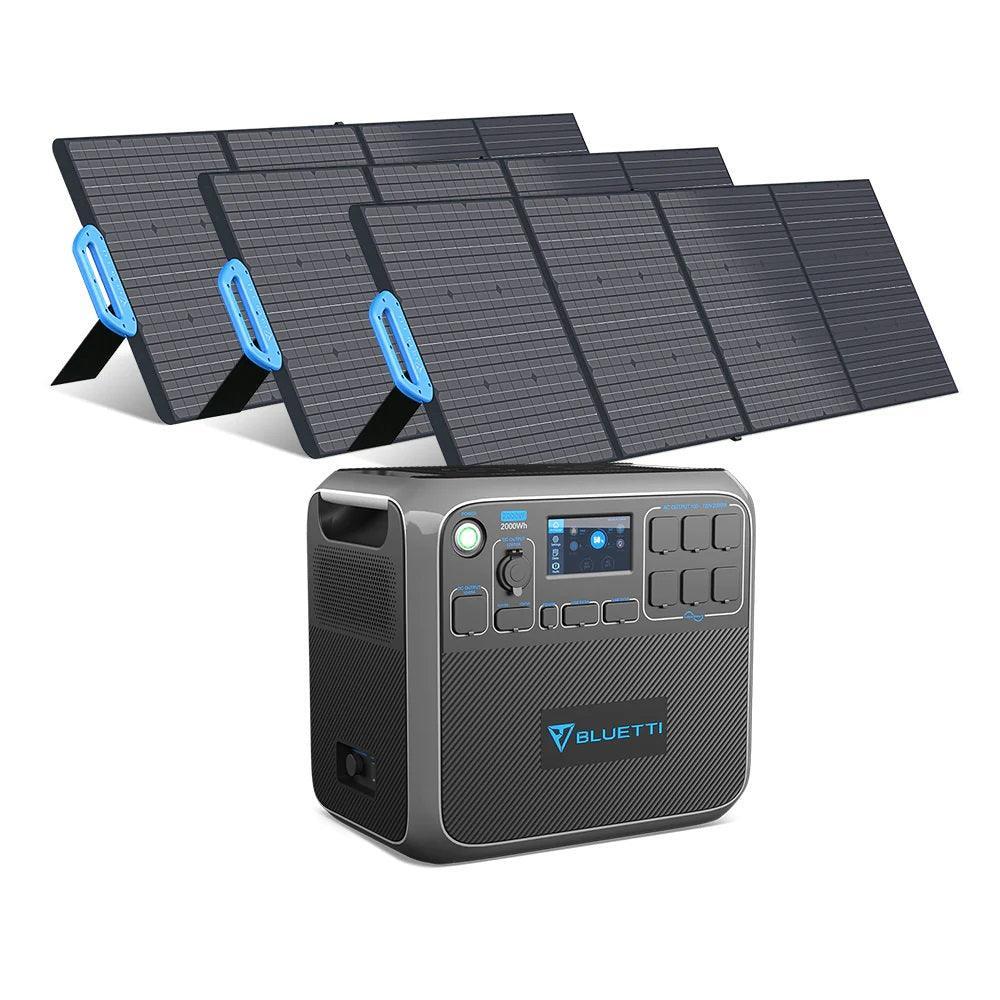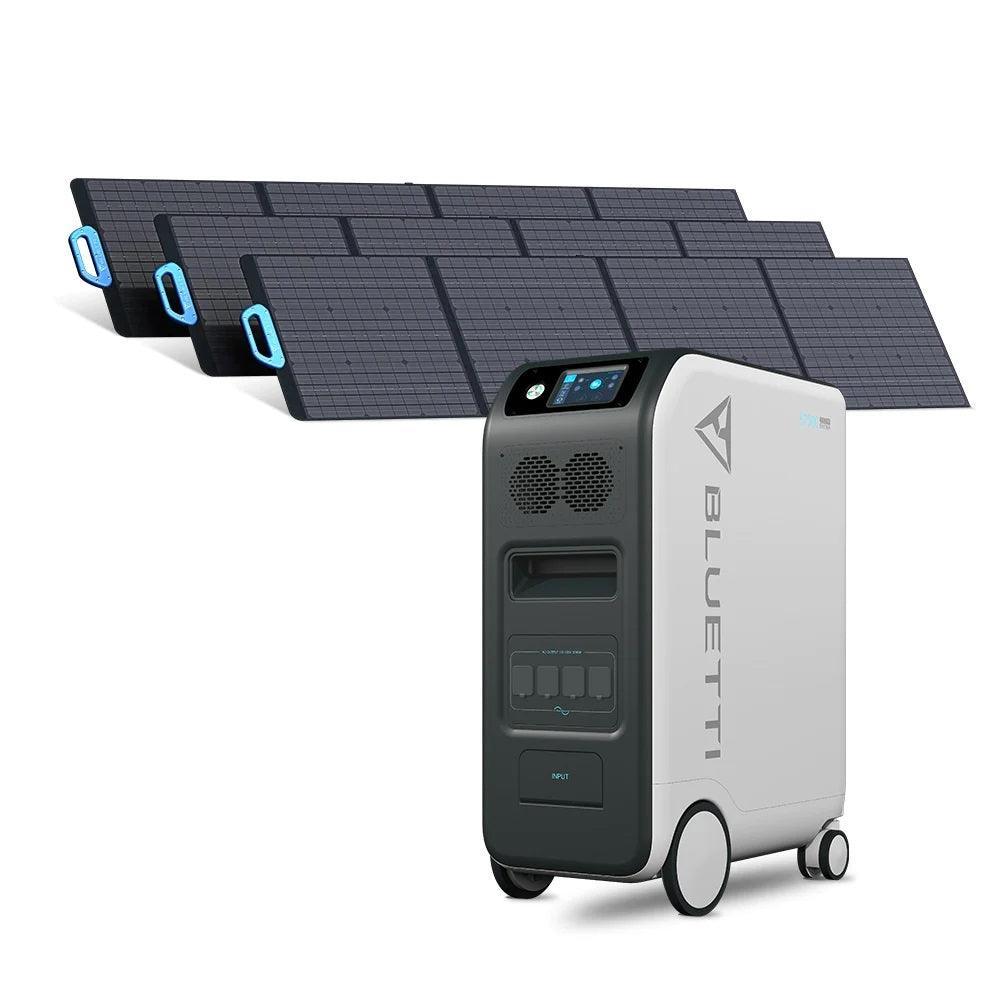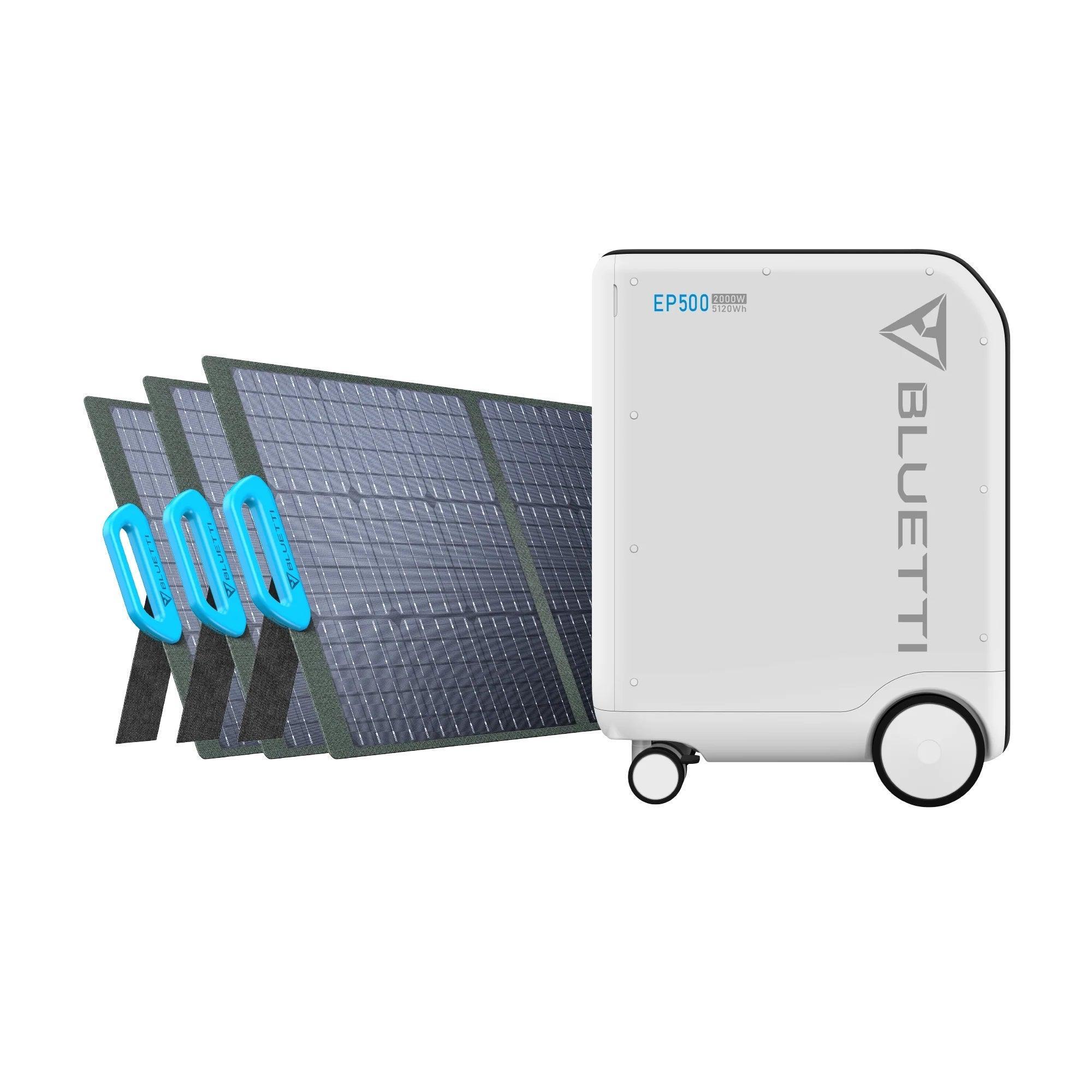In our modern world, energy consumption has become an integral part of our daily lives. From powering our homes to fueling our gadgets and appliances, energy plays a pivotal role. But have you ever wondered just how much energy the average house uses? In this blog, we'll delve into the world of energy consumption, exploring statistics, energy consumption average household, influencing factors, energy-saving tips, and much more. Let's journey through the data and discover practical ways to reduce our energy footprint.

Average Energy Consumption Statistics by State

Energy usage differs throughout the United States owing to elements like climate, population density, and economic pursuits. Here's a quick overview of the mean annual energy consumption, measured in Million Btu, for various states:
|
Rank |
State |
Residential Energy Consumption (Million Btu) |
|
1 |
Montana |
92.0 |
|
2 |
North Dakota |
90.3 |
|
3 |
Wyoming |
90.1 |
|
4 |
West Virginia |
85.5 |
|
5 |
Missouri |
83.1 |
|
6 |
Nebraska |
81.1 |
|
7 |
Indiana |
77.5 |
|
8 |
Tennessee |
76.6 |
|
9 |
South Dakota |
76.0 |
|
10 |
Kentucky |
75.7 |
|
11 |
Alaska |
75.4 |
|
12 |
Michigan |
75.4 |
|
13 |
Oklahoma |
75.0 |
|
14 |
Arkansas |
74.6 |
|
15 |
Illinois |
73.7 |
|
16 |
Kansas |
73.5 |
|
17 |
Maine |
73.4 |
|
18 |
Idaho |
73.3 |
|
19 |
Minnesota |
72.7 |
|
20 |
Ohio |
72.4 |
|
21 |
Iowa |
72.3 |
|
22 |
Wisconsin |
72.2 |
|
23 |
South Carolina |
71.9 |
|
24 |
New Hampshire |
69.8 |
|
25 |
Delaware |
69.0 |
|
26 |
Louisiana |
68.0 |
|
27 |
Alabama |
67.2 |
|
28 |
Pennsylvania |
67.2 |
|
29 |
North Carolina |
67.1 |
|
30 |
Vermont |
66.7 |
|
31 |
Connecticut |
66.3 |
|
32 |
Virginia |
66.0 |
|
33 |
Georgia |
65.2 |
|
34 |
Colorado |
65.0 |
|
35 |
Mississippi |
64.6 |
|
36 |
Maryland |
63.1 |
|
37 |
New Jersey |
62.6 |
|
38 |
Washington |
61.9 |
|
39 |
Oregon |
60.4 |
|
40 |
Massachusetts |
60.0 |
|
41 |
Nevada |
59.4 |
|
42 |
Texas |
59.1 |
|
43 |
New Mexico |
58.8 |
|
44 |
Arizona |
58.7 |
|
45 |
District of Columbia |
58.0 |
|
46 |
Utah |
57.4 |
|
47 |
Rhode Island |
56.2 |
|
48 |
New York |
55.8 |
|
49 |
Florida |
55.4 |
|
50 |
California |
37.6 |
|
51 |
Hawaii |
25.6 |
(Please be aware that the tables and information are sourced from the official U.S. Energy Information Administration (EIA) website: Total Energy Consumption Estimates per Capita by End-Use Sector, Ranked by State, 2021)
To access more detailed energy consumption information for specific states, you might want to explore the official US EIA website. There, you can find extensive energy usage data for each individual state.
Household Appliances Power Consumption
Household appliances' power consumption denotes the quantity of electrical energy consumed by diverse appliances within a household over a specific timeframe. This measurement is expressed in units of energy known as watts or kilowatt-hours. Understanding how many power does a house use for each appliance enables homeowners to gauge their energy expenditures, recognize energy-intensive devices, and implement measures to enhance energy efficiency.
Kitchen:
- Electric Oven: 2,000 to 5,000 watts
- Microwave Oven: 600 to 1,000 watts
- Dishwasher: 1,200 to 2,400 watts
- Refrigerator: 300 to 800 watts
Living Room:
- Television: 30 to 150 watts
- Computer (Desktop): 150 to 300 watts
- Laptop: 20 to 80 watts
- Central air conditioning: 3,000 to 4,000 watts
- LED Light: 10 to 60 watts
Bathroom & Laundry Room:
- Electric Water Heater: 3,000 to 4,500 watts
- Clothes Dryer: 1,500 to 5,000 watts
- Washing Machine: 400 to 1400 watts
Please note that these estimates are based on typical power consumption ranges for each appliance. The actual power consumption can vary depending on factors such as the specific model, usage patterns, and efficiency levels.
6 Factors That Influence Energy Consumption

Several factors can influence the energy consumption of a household. Understanding these factors can help homeowners make informed decisions to manage and reduce their energy usage. Here are some of the key factors that influence how many kilowatts does a house use:
- Climate: The climate of the region plays a significant role in energy consumption. In colder climates, heating systems are used extensively, while in hotter climates, air conditioning becomes a major energy demand.
- Home Size and Layout: The size of the house and its layout impact the amount of space that needs to be heated, cooled, and lit. Larger homes generally consume more energy than smaller ones.
- Insulation and Weatherization: Homes with proper insulation and weatherization are more energy-efficient, as they retain heat in winter and remain cooler in summer, reducing the need for heating and cooling systems.
- Appliance Efficiency: The efficiency of household appliances and electronic devices matters. Energy-efficient models use less power to perform the same tasks, reducing overall energy consumption.
- Appliance Usage Patterns: How often and for how long appliances are used can impact energy consumption. Frequent use of energy-intensive appliances, such as clothes dryers and ovens, can increase overall energy usage.
- Number of Occupants: The number of people living in a household influences energy consumption, as more occupants mean more demand for heating, cooling, lighting, and other services.
By considering these factors, homeowners can identify opportunities to make energy-efficient choices, adopt sustainable practices, and ultimately reduce consumption of house average kwh per day and energy costs.
10 Tips for Saving Energy at Home
Here are 10 practical tips to help you save energy at home:
- Unplug Idle Electronics: Electronics on standby mode still consume energy. Unplug devices or use power strips to completely cut off power when not in use.
- Switch to LED Bulbs: Replace traditional incandescent bulbs with energy-efficient LED bulbs. They use less energy and have a longer lifespan.
- Adjust Thermostat Settings: Lower your thermostat in winter and raise it in summer to reduce heating and cooling energy consumption.
- Seal Leaks and Insulate: Properly insulate doors, windows, and gaps to prevent drafts and energy loss. Weatherstripping and insulation can make a big difference.
- Upgrade Appliances: Choose energy-efficient appliances with the Energy Star label. These appliances consume less energy while performing the same tasks.
- Use Natural Light: Open curtains and blinds during the day to make the most of natural light and reduce the need for artificial lighting.
- Full Loads Only: Run dishwashers and washing machines with full loads to maximize their efficiency and minimize water and energy waste.
- Regular Maintenance: Keep appliances well-maintained. Clean or replace air filters in heating and cooling systems to ensure they work efficiently.
- Air Dry Clothes: Whenever possible, use a clothesline or drying rack instead of a dryer. Air drying clothes saves energy and extends the life of your clothing.
- Embrace Solar Power: Set up a solar generator comprising solar panels or utilize a solar portable power station. This allows you to produce your own eco-friendly energy and decrease your dependence on the conventional power grid.
By implementing these energy-saving tips, you can reduce your energy consumption, lower your utility bills, and contribute to a more sustainable and eco-friendly lifestyle.
Conclusion
Energy consumption is a crucial aspect of our daily lives, and understanding how many watts does an average house use empowers us to make informed choices. By considering state statistics, appliance power consumption, influencing factors, and implementing energy-saving tips, we can reduce our carbon footprint while enjoying significant savings on our energy bills. Let's embark on a journey toward a more energy-efficient future.

